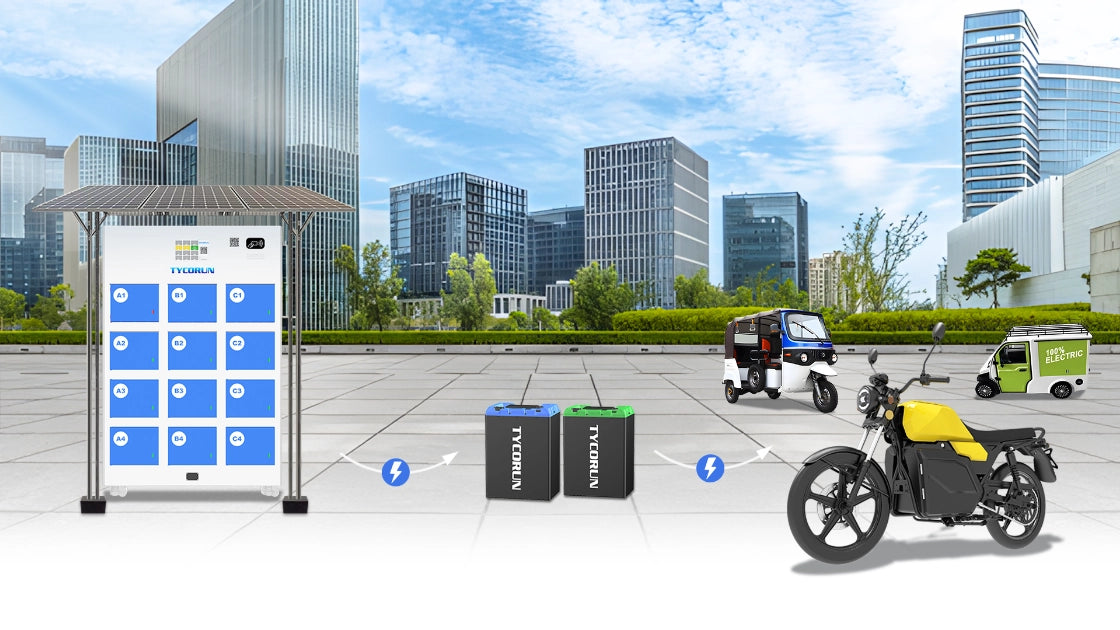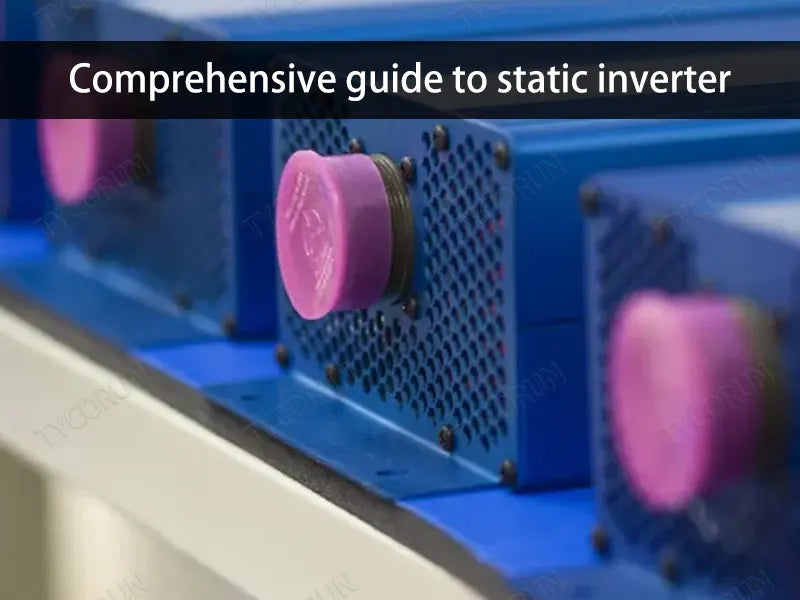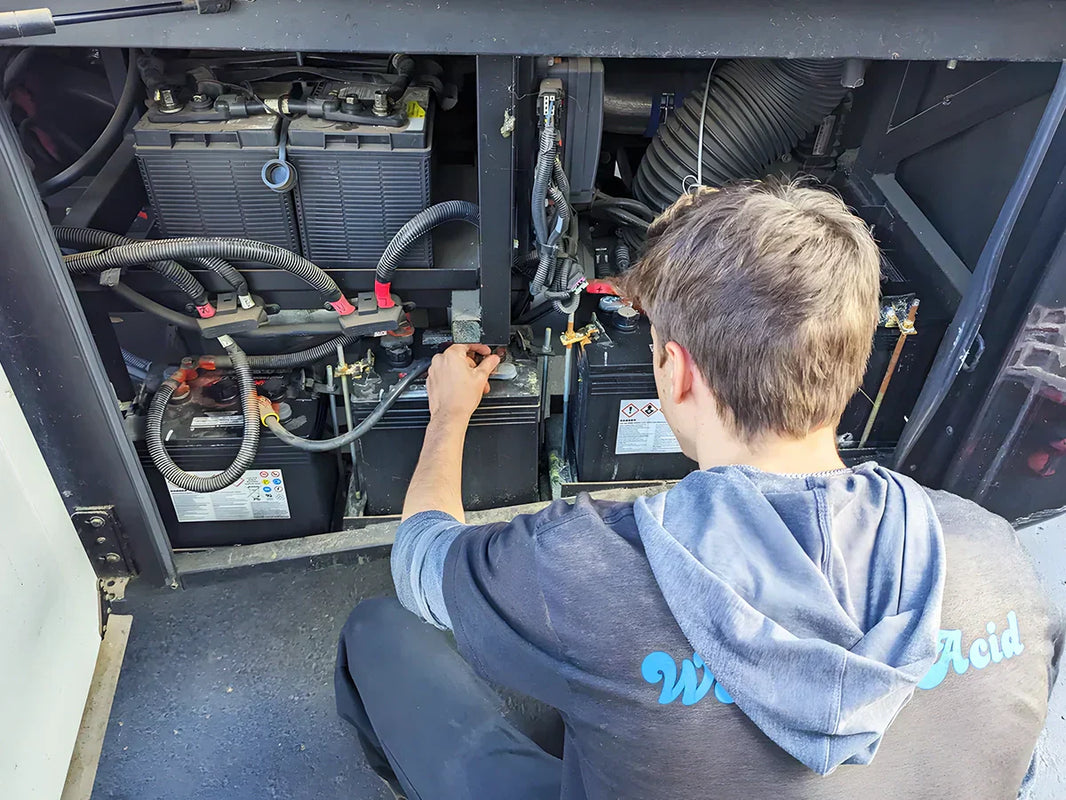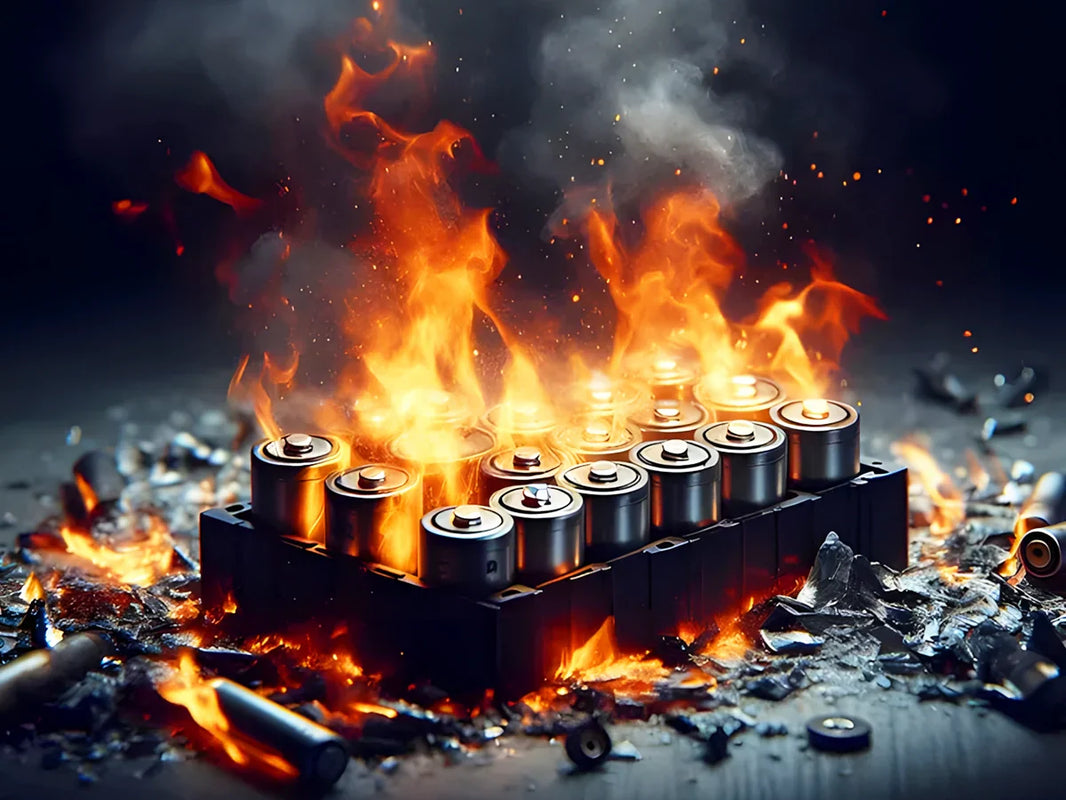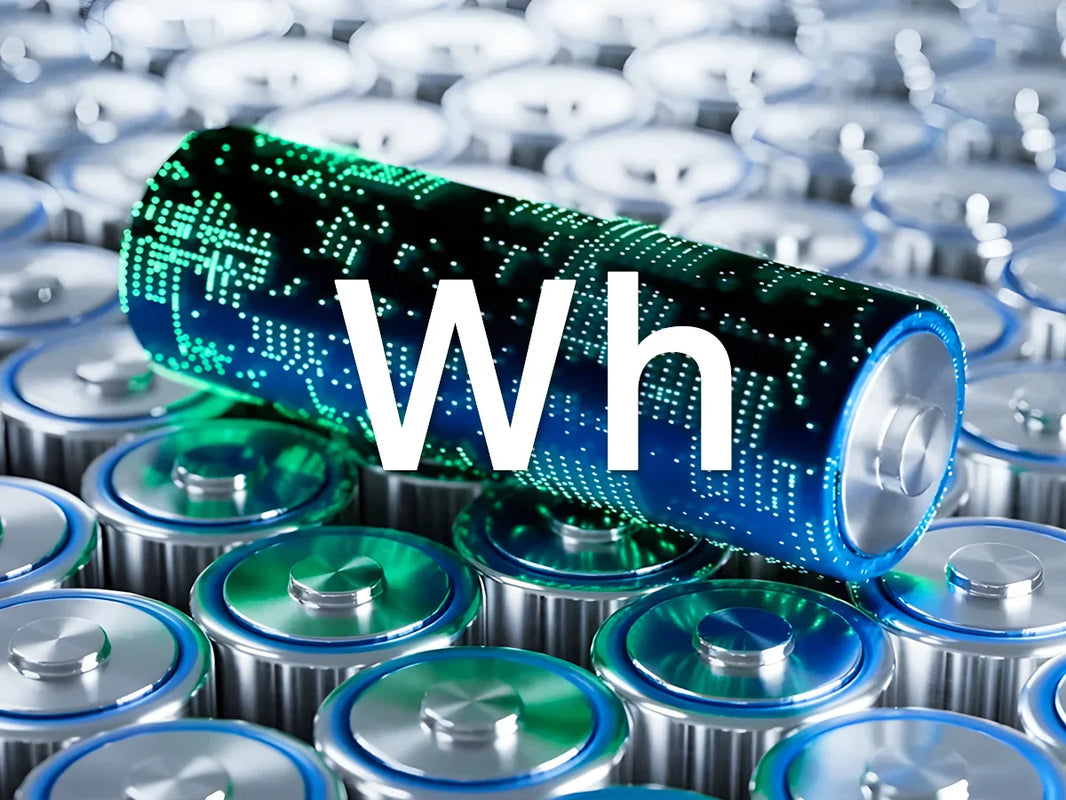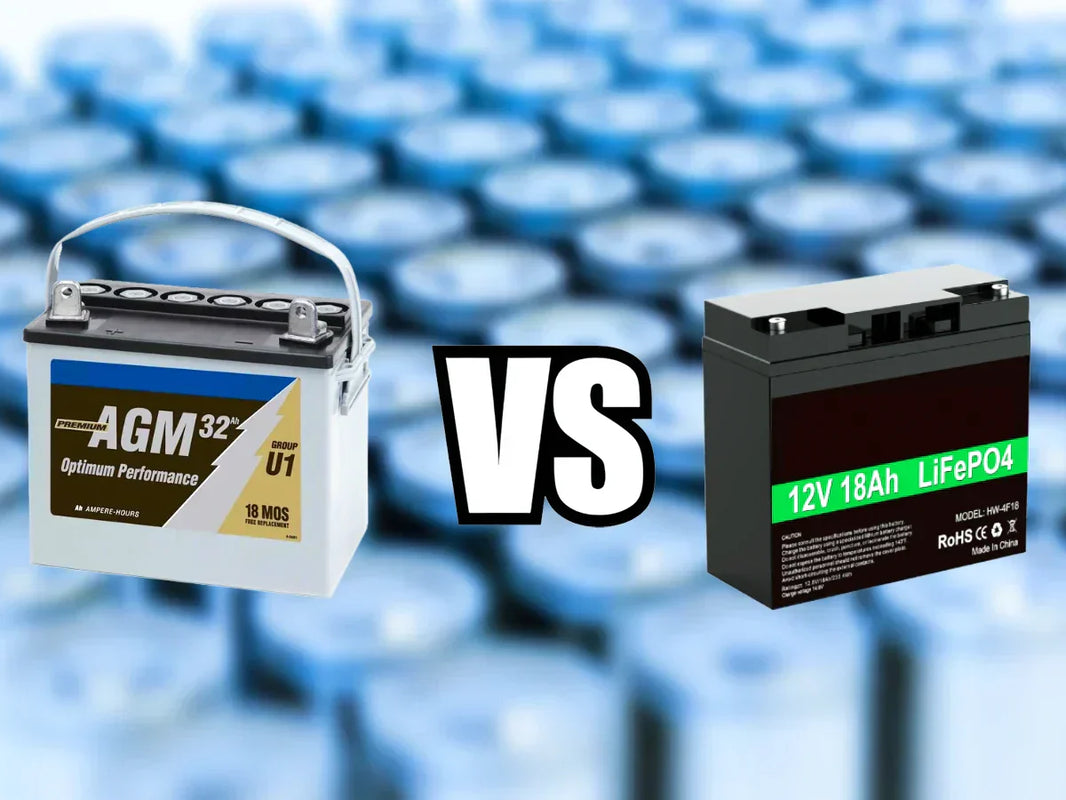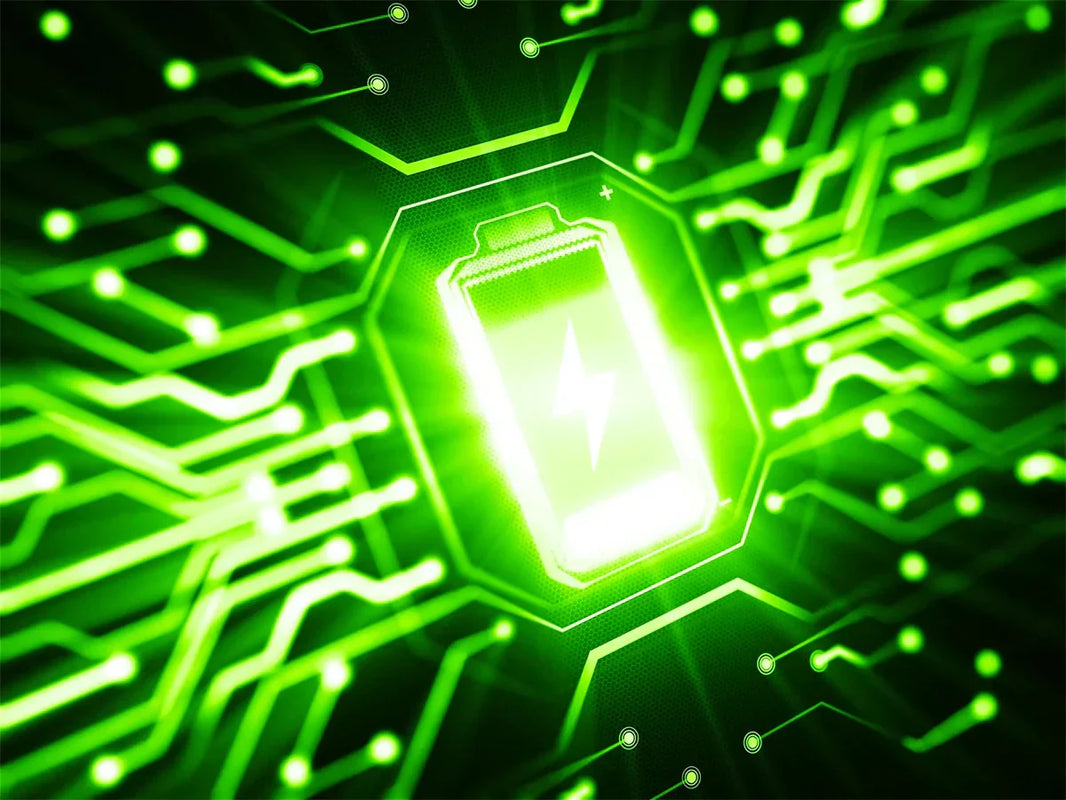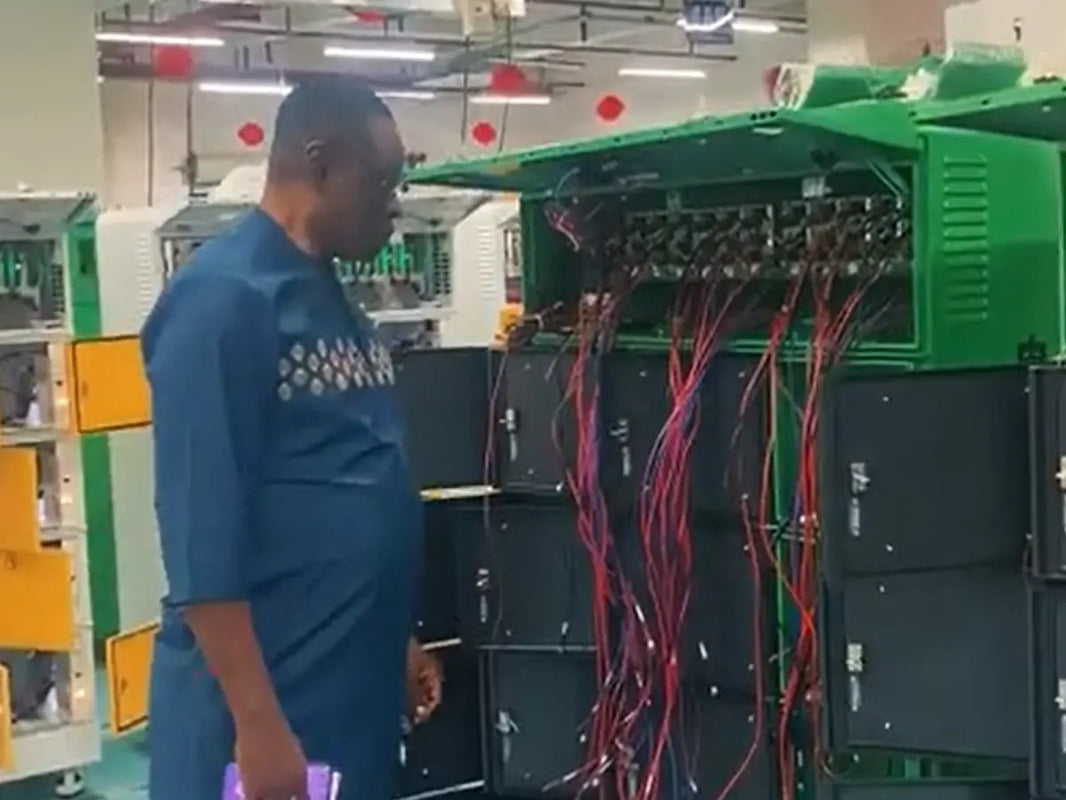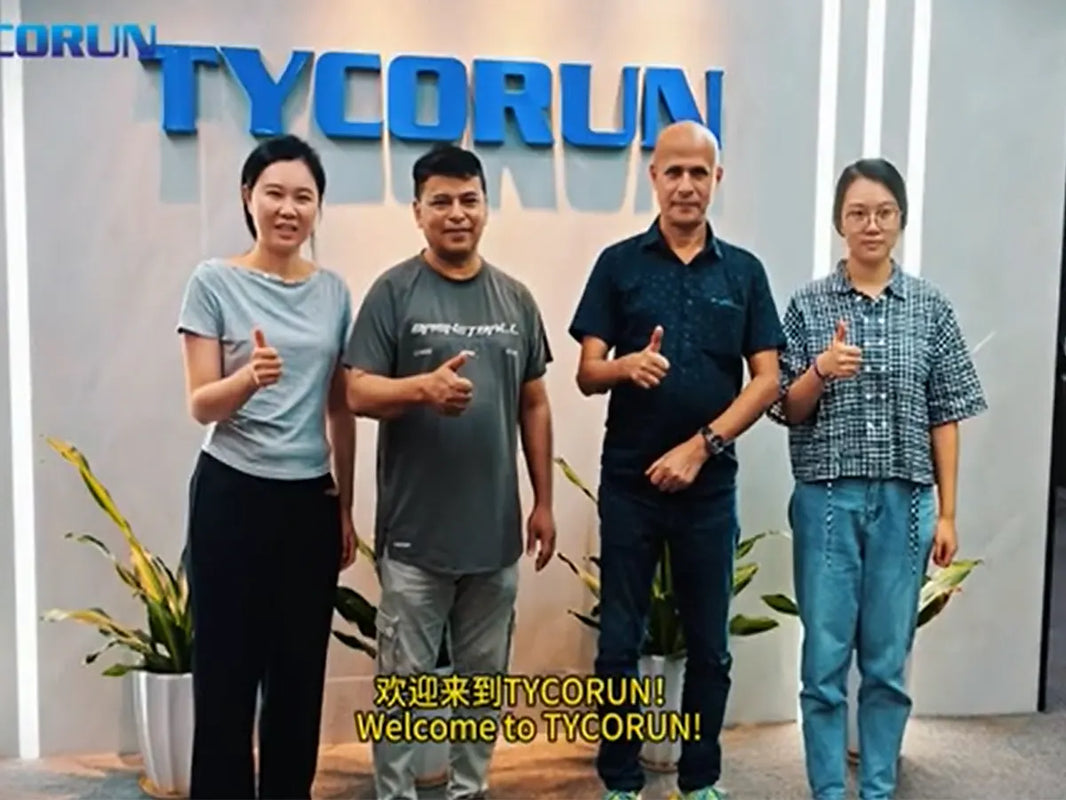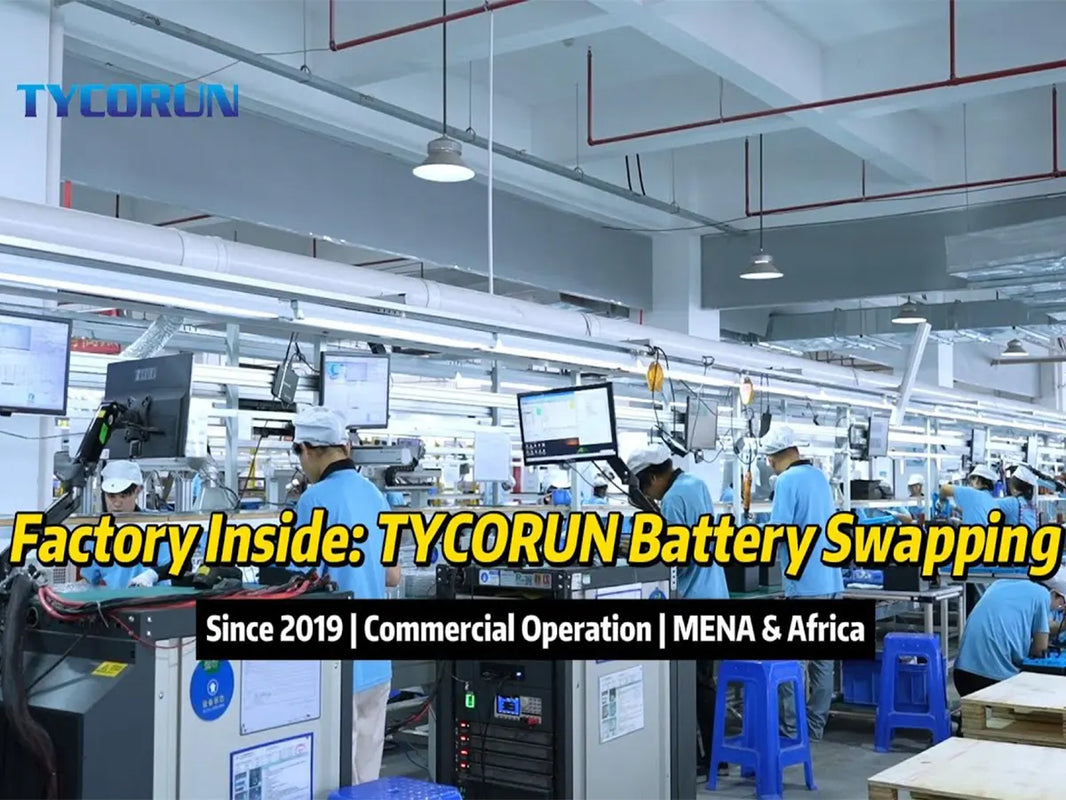
Main content:
Static inverter are widely used in various fields requiring high-quality power supply. Due to the absence of mechanical moving parts, static inverter are more durable and reliable during operation. Compared to traditional motor-driven inverters, static inverter not only reduce the potential for mechanical wear but also significantly lower maintenance needs and the risk of failure.
This article delves into the working principles, types, usage precautions, and maintenance and troubleshooting methods of static inverter.
What is a static inverter?
A static inverter is a device that converts direct current into alternating current. Unlike motor-driven inverters, static inverter rely entirely on electronic components such as MOSFETs, IGBTs, and transistors to achieve DC to AC conversion. This makes static inverter more durable and reliable.
Static inverter use high-frequency oscillators to generate alternating high-frequency signals, which are then converted into the required AC voltage through the inverter’s transformer. Rectifiers and filters smooth the output AC waveform. Depending on the design and application requirements, static inverter can output pure sine waves, modified sine waves, or square waves.

Traditional motor-driven inverters, on the other hand, utilize a motor (typically a rotary motor) to drive a mechanical device for power conversion. This design is generally more complex and demands higher maintenance. Such inverters mechanically convert DC to AC by physically changing the current’s direction, which involves moving parts that can wear out or fail over time.
How does a static inverter works?
DC power input: The DC power can come from batteries, solar panels, or other DC sources.
Oscillator generates high-frequency signals: The oscillator in the energy storage inverter produces high-frequency signals that control current switching, creating an AC waveform. These signals drive power switches, altering the current’s direction.

Power switches turn on and off: Power switches (e.g., MOSFETs, IGBTs) receive pulse signals generated by the oscillator, modulating the DC power into high-frequency pulse current. Based on the oscillator’s signals, the switches convert DC into high-frequency AC current. However, the output at this stage is high-frequency pulse current, which does not meet the standard AC waveform.
Transformer converts voltage: The transformer in the static inverter converts the high-frequency current into the desired AC voltage. The output AC current typically contains high-frequency noise and irregular waveform components, which are smoothed by filters to reduce ripple and bring the output closer to a standard sine wave.
Types of static inverter
Static inverter are categorized by output waveform: pure sine wave inverters, modified sine wave inverters, and square wave inverters.
Pure sine wave inverters: These produce a smooth, continuous sine wave that closely resembles the AC power from the grid. A pure sine wave inverter is efficient and stable, compatible with almost all electrical devices, especially sensitive equipment requiring high-quality power (e.g., medical devices, audio systems, computer equipment). This type of inverter is complex to design and manufacture, requiring high-quality components.
Modified sine wave inverters: A modified sine wave inverter outputs a waveform that is a modified sine wave, typically created by filtering and rectifying a square wave. While the shape is closer to a sine wave, some distortion may exist.
These inverters are generally more affordable than pure sine wave inverters but may not be ideal for devices requiring high power quality. They are commonly used for household appliances, small power generation systems, and car inverters.

Square wave inverters: The output waveform is a square-shaped pulse wave with sharp edges, which is rough and can potentially damage equipment or reduce efficiency. These inverters are less efficient and typically used for simple loads, suitable for small appliances, low-power devices, and basic applications. They work well with simple loads (e.g., light bulbs, heaters) but are not suitable for devices that need a sine wave power supply.
Precautions for using static inverter

- Static inverter should be used in a dry, well-ventilated environment, avoiding damp and enclosed spaces.
- Ensure enough space around the inverter to maintain a safe distance from surrounding objects, with no clutter or crowding.
- Avoid placing flammable or explosive materials near the inverter to prevent accidents.
- The inverter generates heat during operation, so proper ventilation and cooling are essential.
- Keep the operating environment temperature below 40°C to ensure safe and stable operation.
- Avoid using the same inverter continuously for long periods with high power demand.
- Ensure that the inverter’s output power exceeds the power requirements of the connected devices, especially for appliances with high starting power like refrigerators, air conditioners, and televisions.
Maintenance and troubleshooting of static inverter

- During peak load periods, check for overheating of the inverter and the surrounding environment to prevent inverter failure.
- Compare inverter voltage, current, and power readings during peak load periods.
- Regularly check that all inverter connections are secure, well-insulated, and free from damage.
- Inspect for signs of burning or overheating in all components.
- If the inverter alarms and shuts down, do not immediately restart it. Inspect the equipment for abnormalities and resolve any issues before resuming use.
- Keep the inverter clean. Accumulated dirt can affect performance. Use a soft cloth for cleaning and avoid harsh materials or water.
- Disconnect all wires before performing any maintenance or cleaning to reduce the risk of electric shock to increase inverter lifespan.
- Do not disassemble the inverter yourself. If maintenance or repairs are needed, take it to a professional service center.
Conclusion
As a core component in modern power systems, the stability and efficiency of static inverter directly impact the performance of electrical equipment. Understanding the working principles, proper maintenance, and timely troubleshooting of static inverter ensures their long-term reliable operation, enabling them to fully support various applications with stable power supply.
The following provides you the best inverters recommended
|
|
500w
|
1000w |
2000w
|
3000w
|
|
Product image
|
||||
|
Price & Discount
|
$59.90(-14%)
|
$89.99(-36%)
|
$179.90(-28%)
|
$199.99(-33%)
|
|
Rated Input Voltage
|
12VDC
|
12VDC
|
12VDC
|
12VDC |
|
Continuous Power
|
500w
|
1000w
|
2000w
|
3000w |
|
Peak Power
|
1000w |
2000w |
4000w |
6000w |
|
More information |
Click to get the details |
Click to get the details |
Click to get the details |
Click to get the details |
If you want to know more information about Tycorun inverters, please check our 3000w inverter 12v, 2000w inverter 12v, 1000w pure sine wave inverter, 500 watt car inverter.
Related articles: small inverter, high power inverter, top 5 microinverter manufacturers

